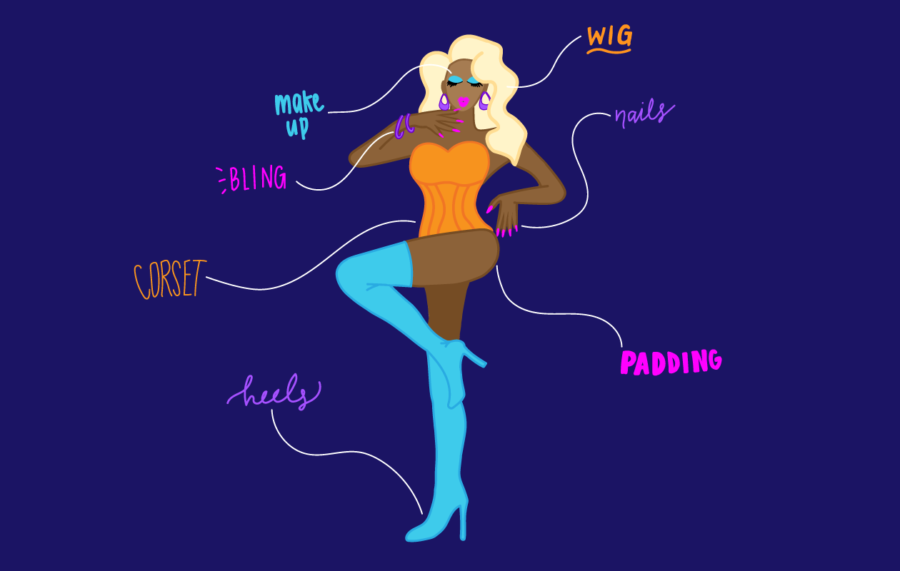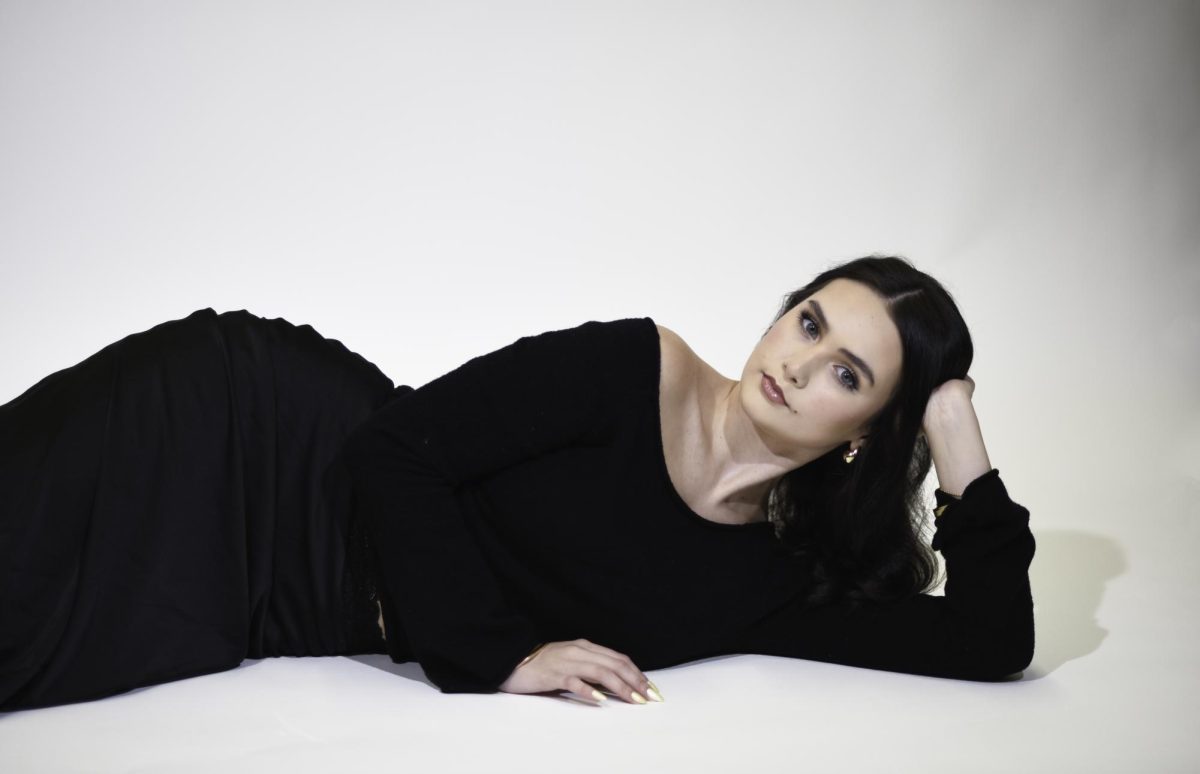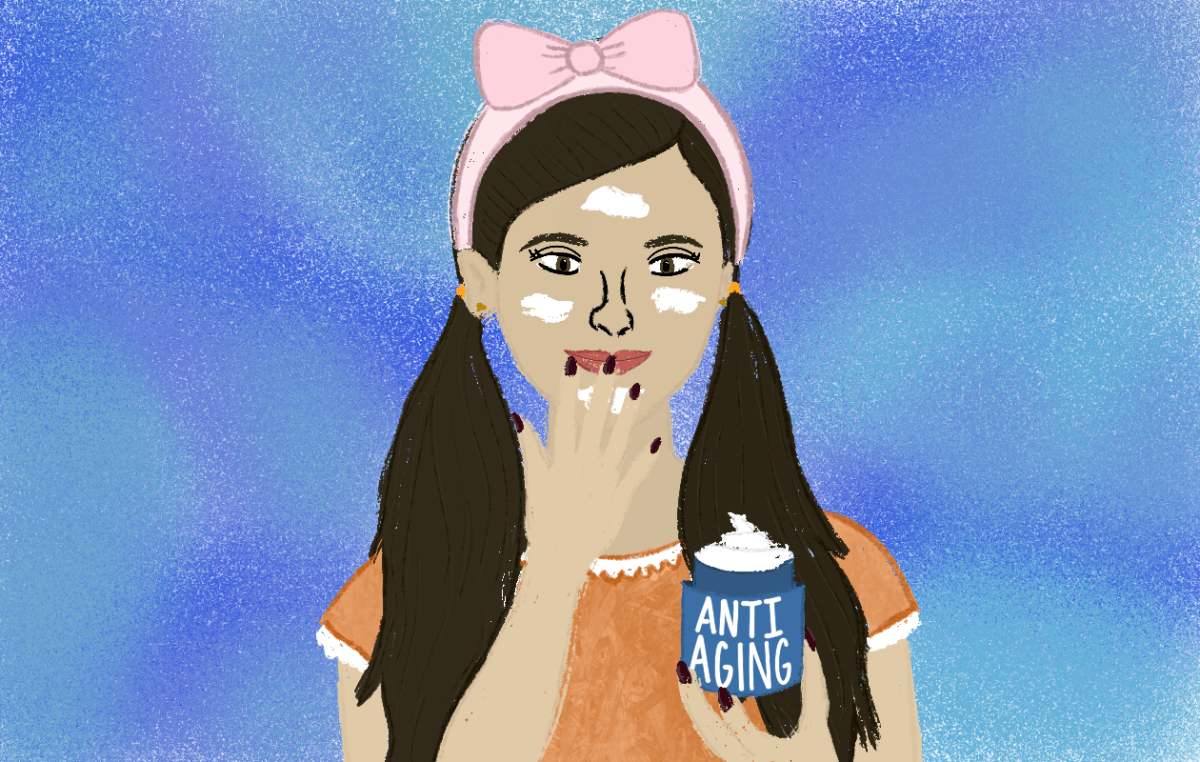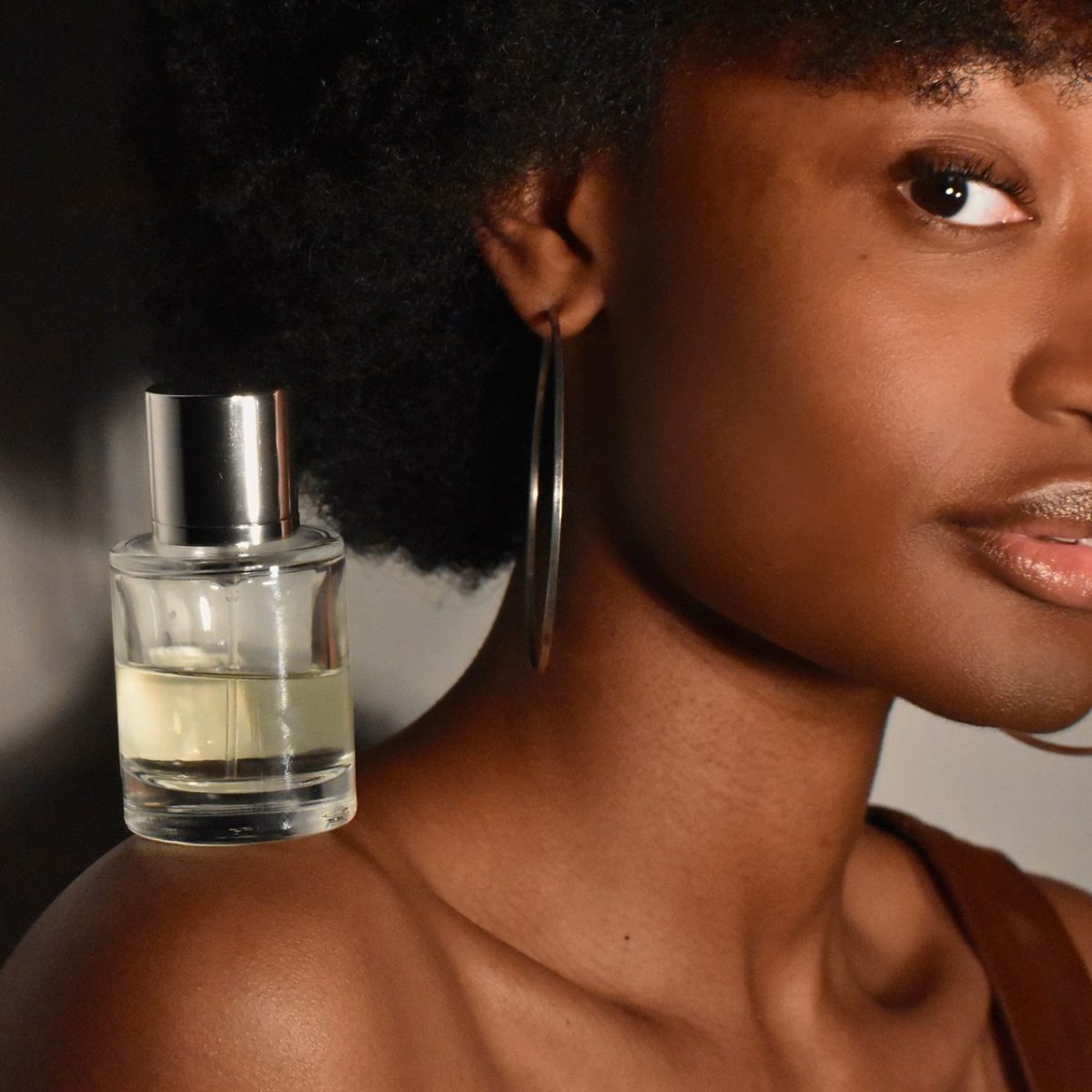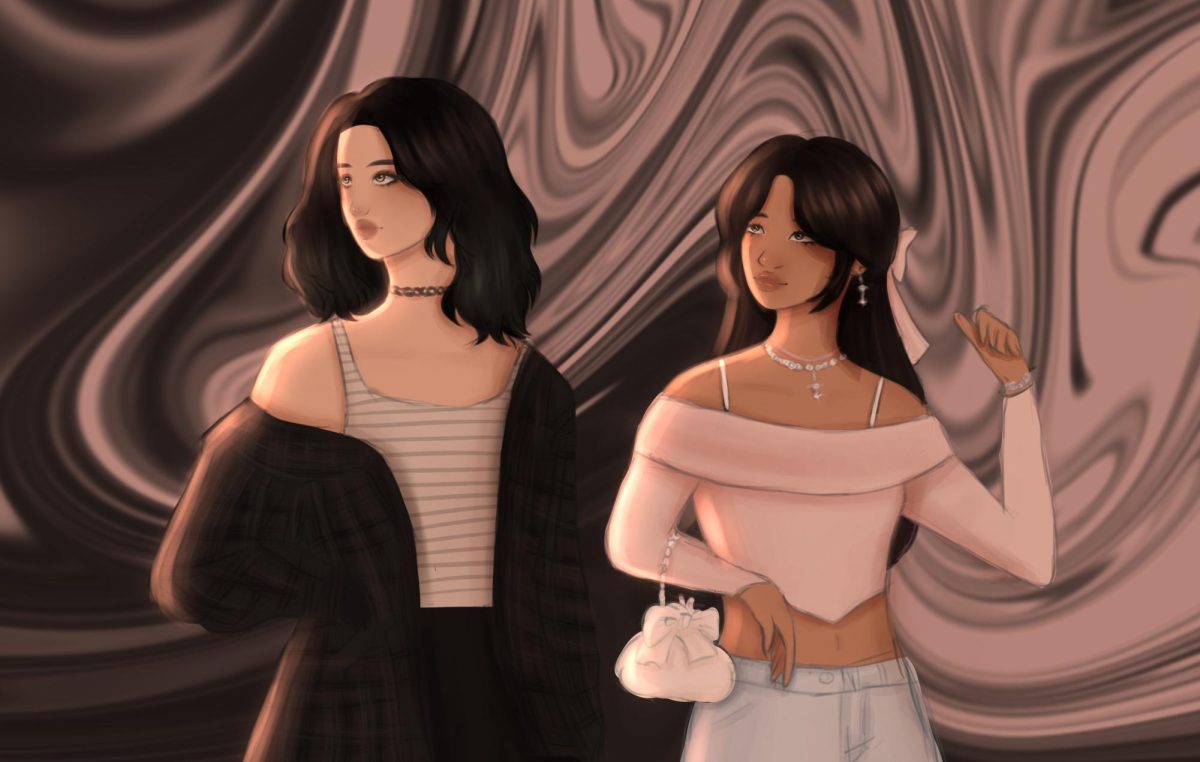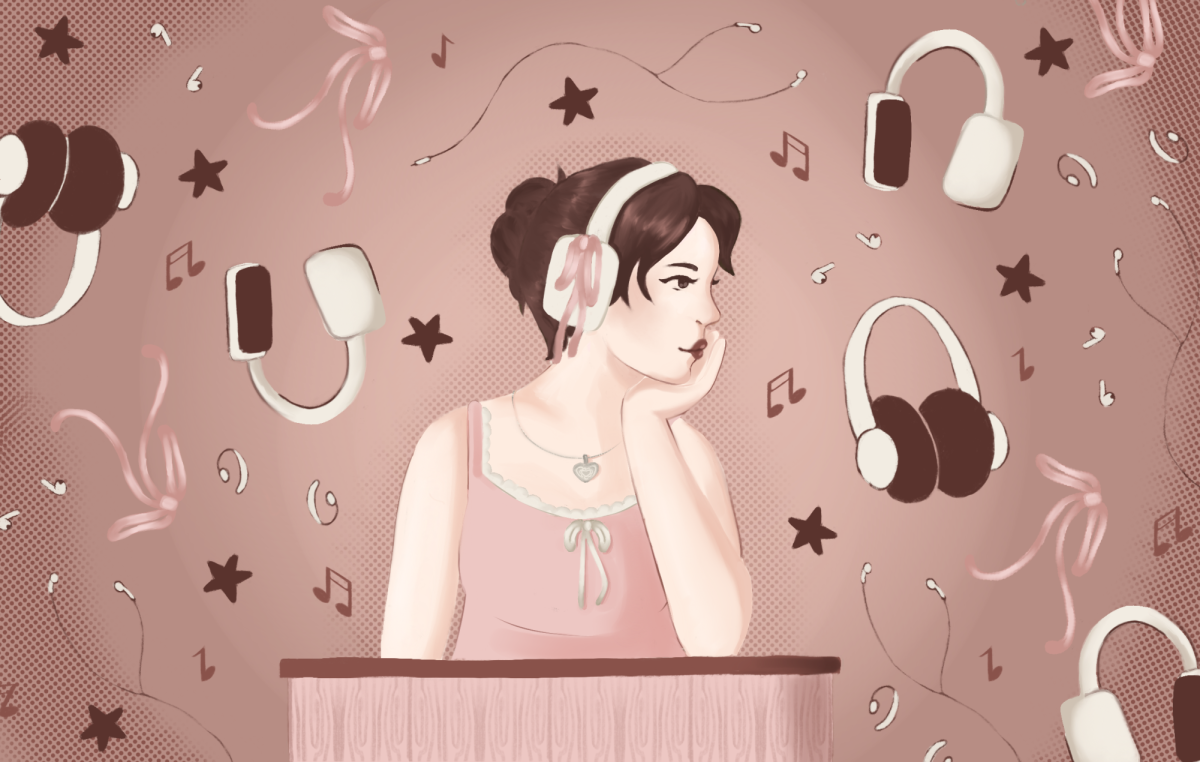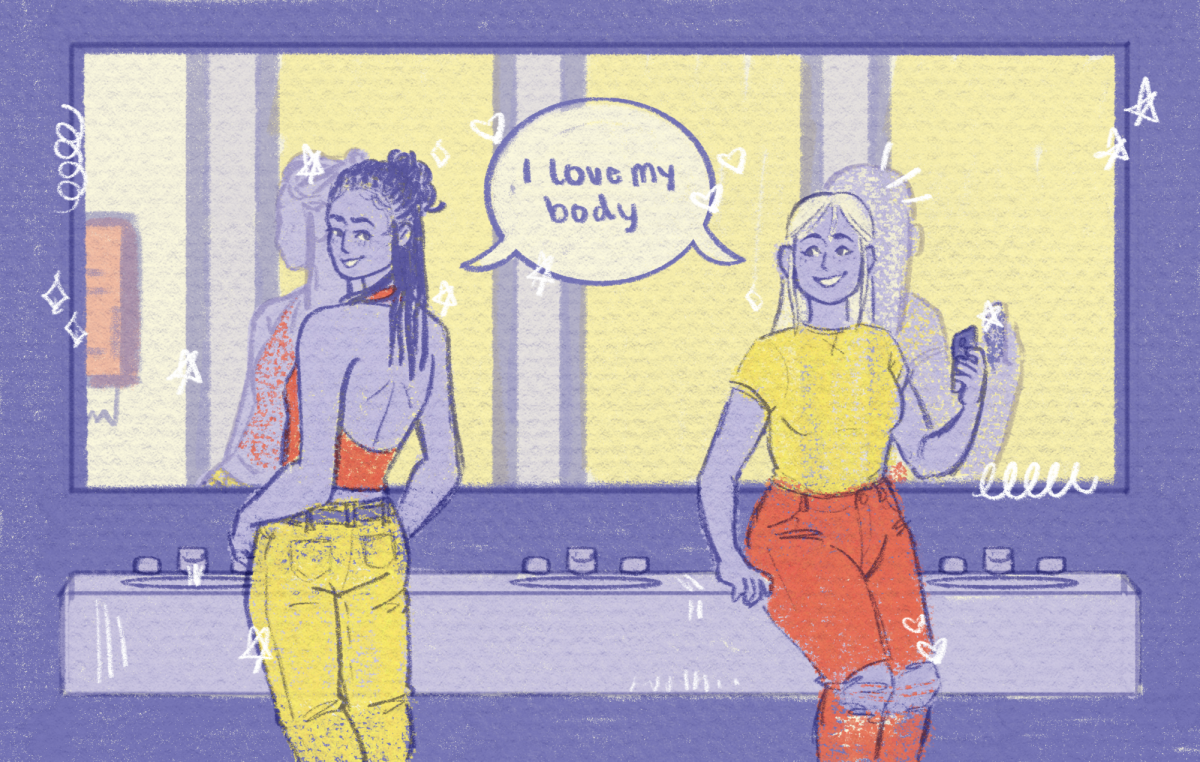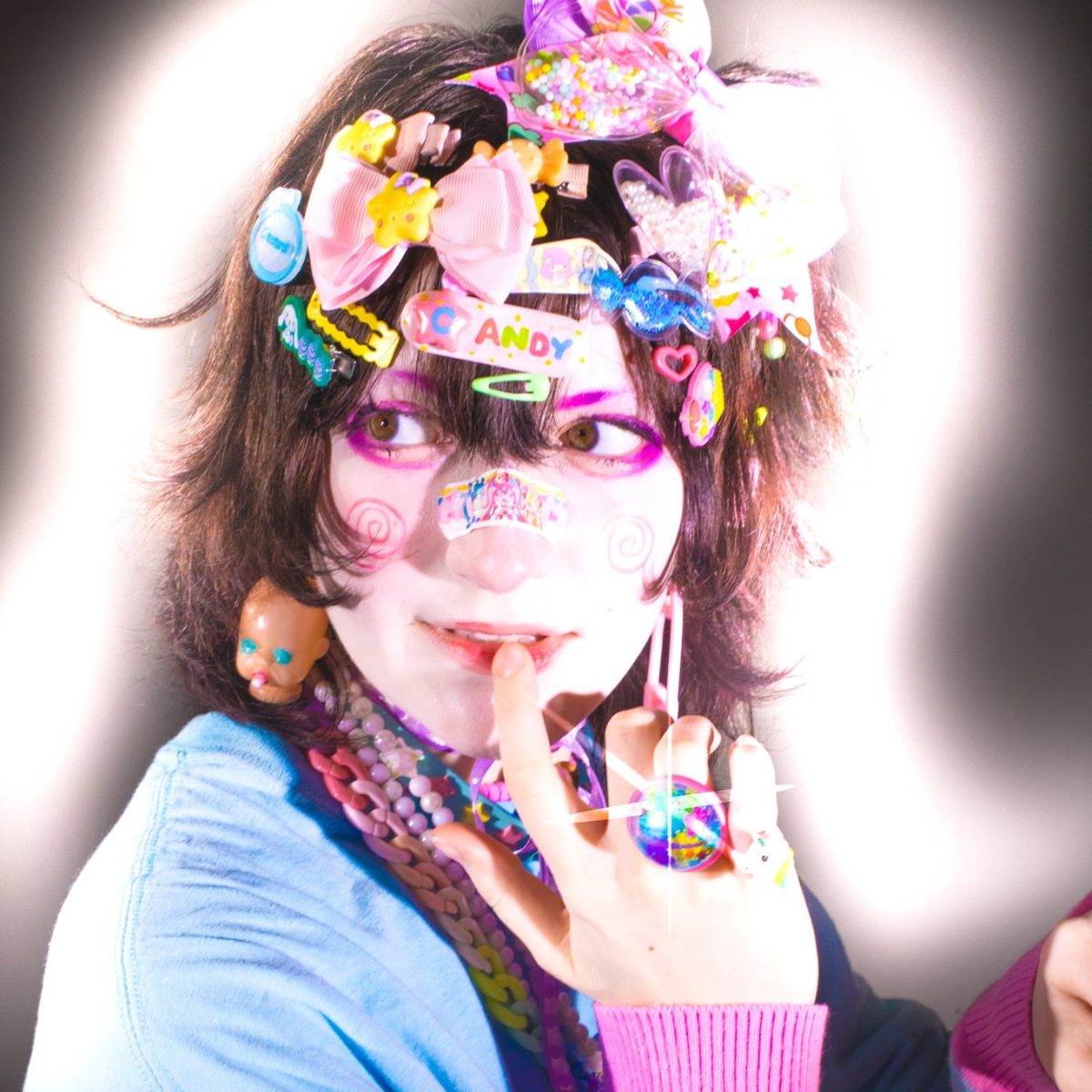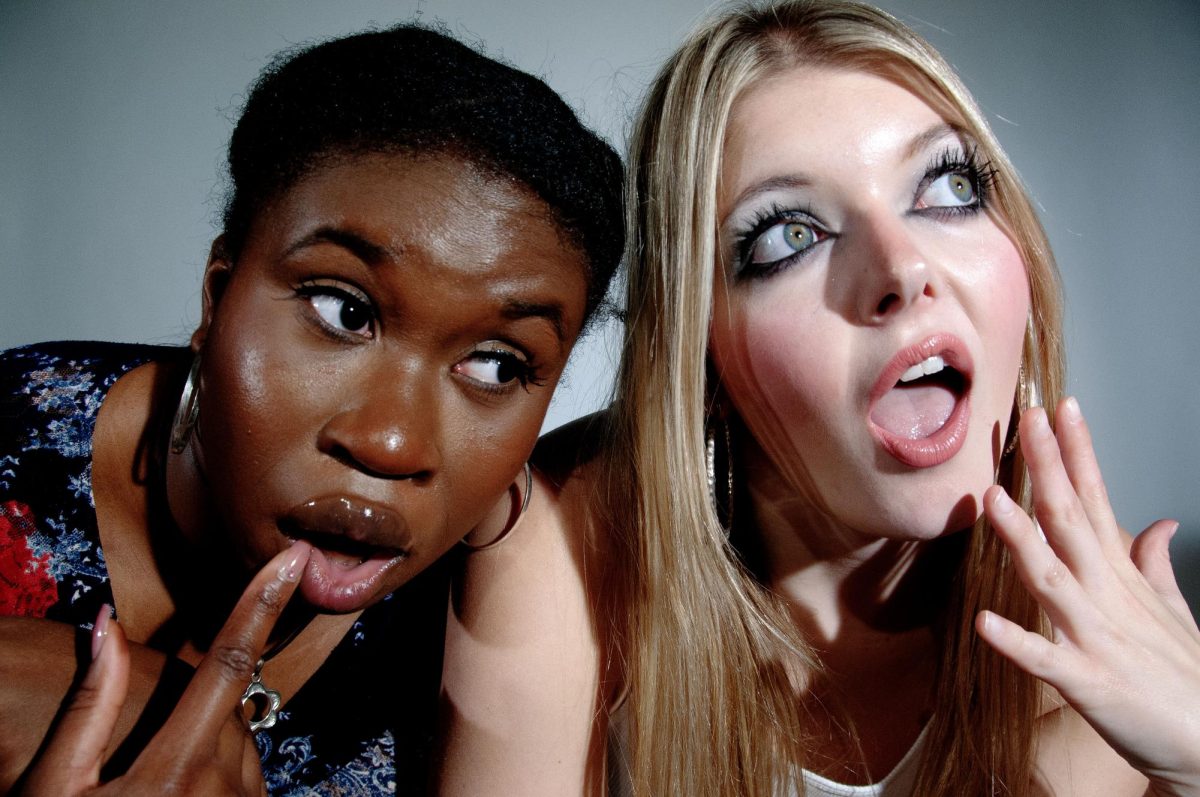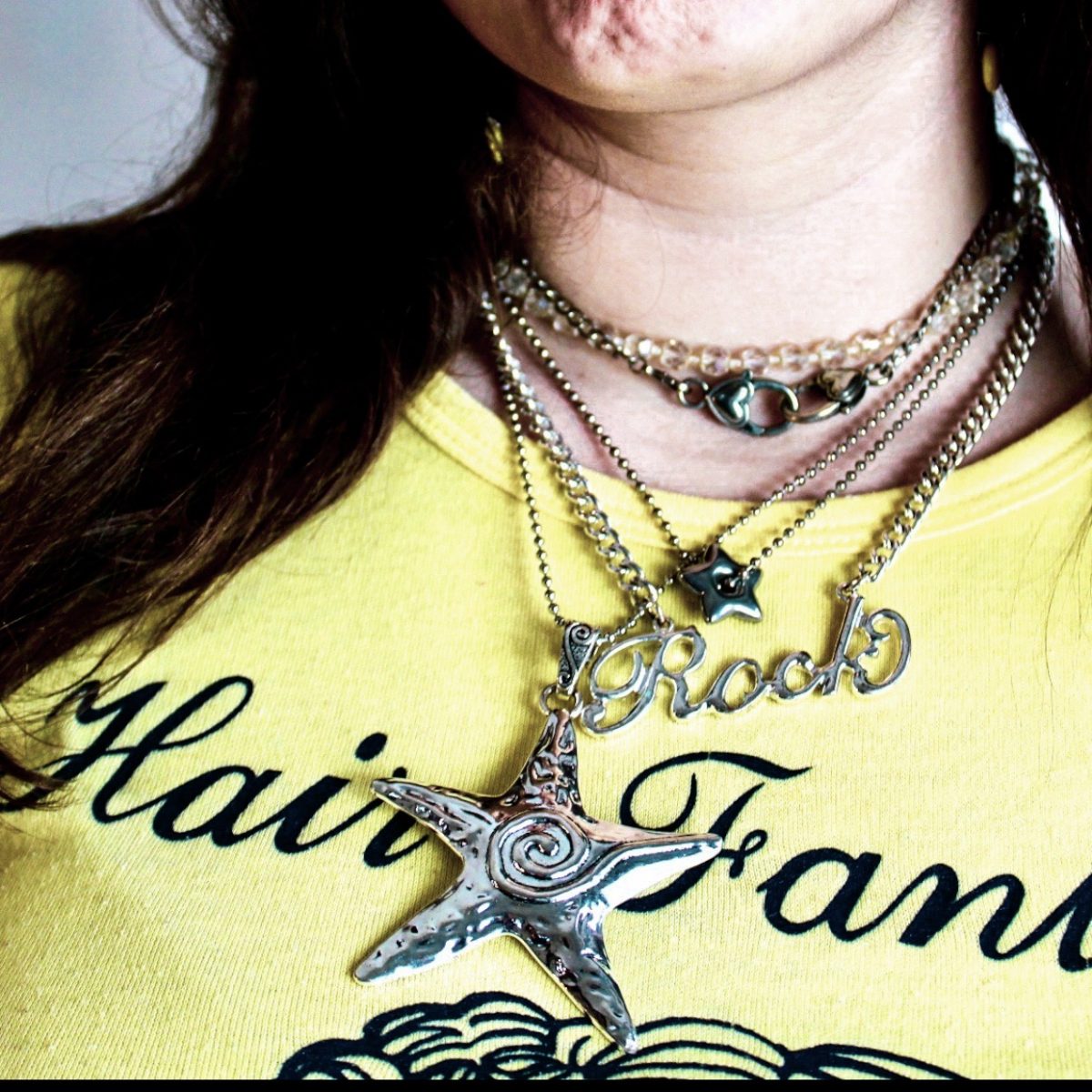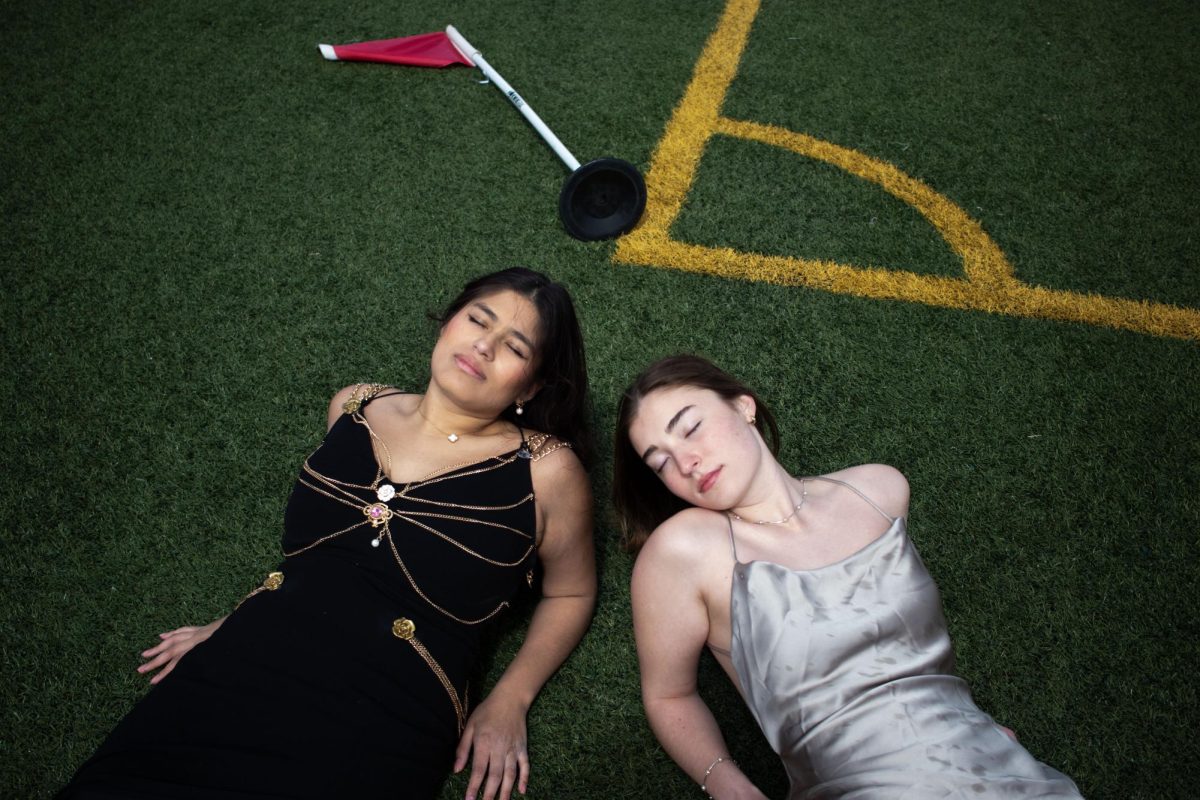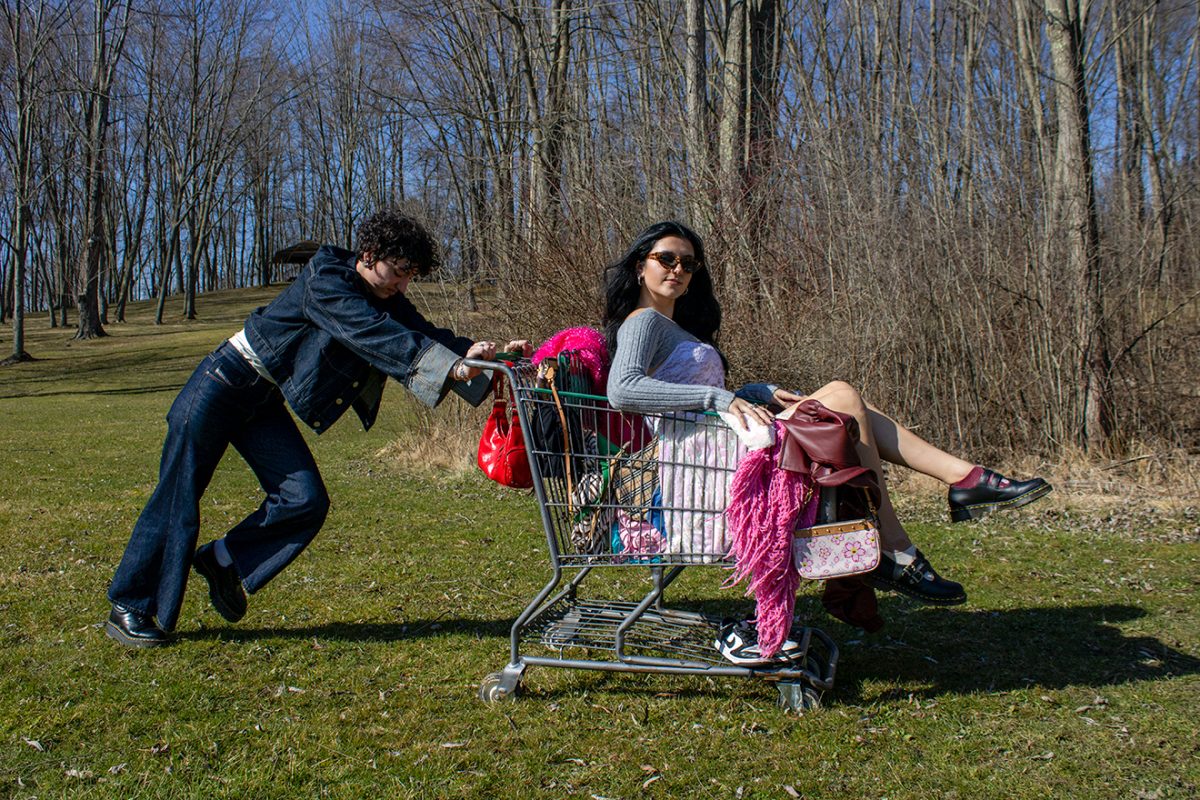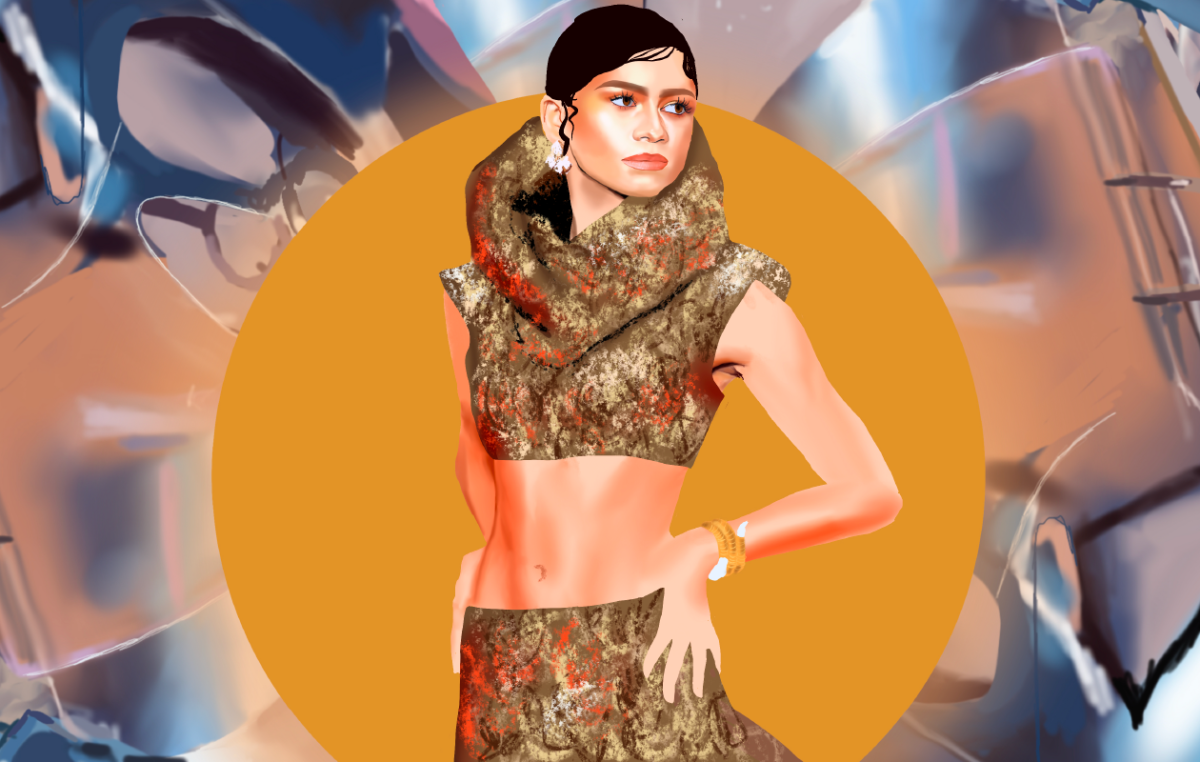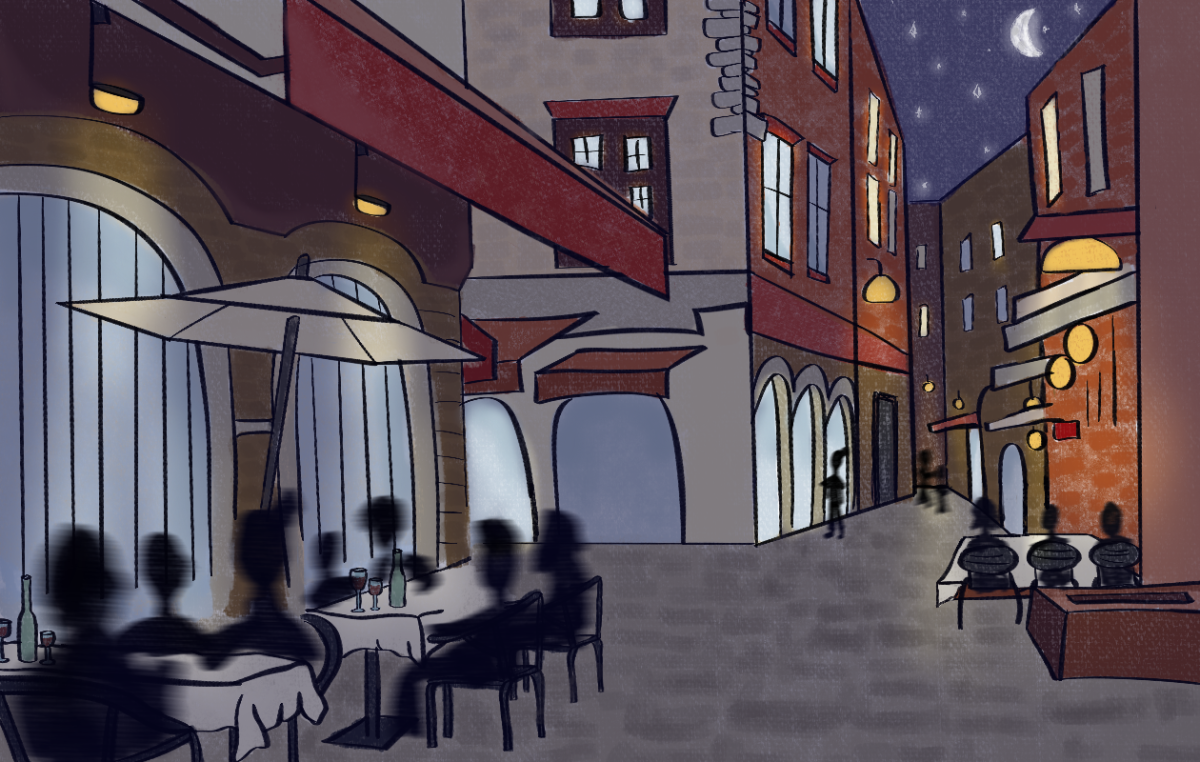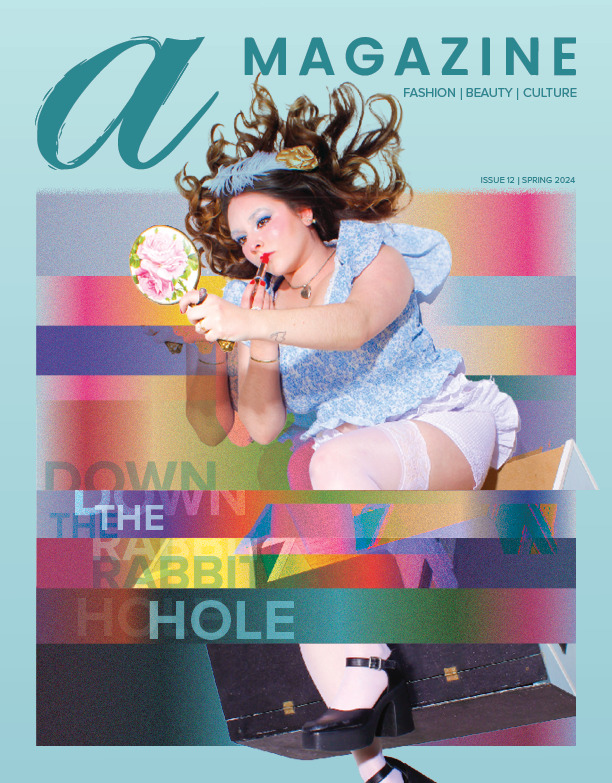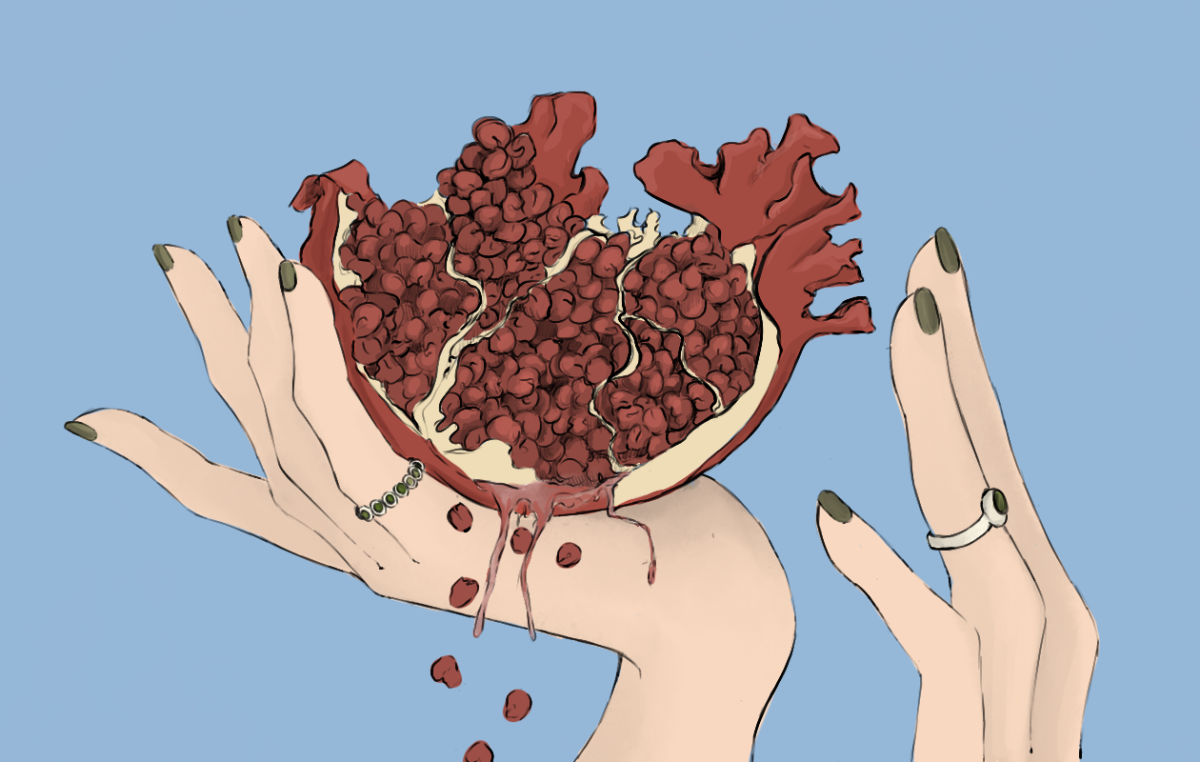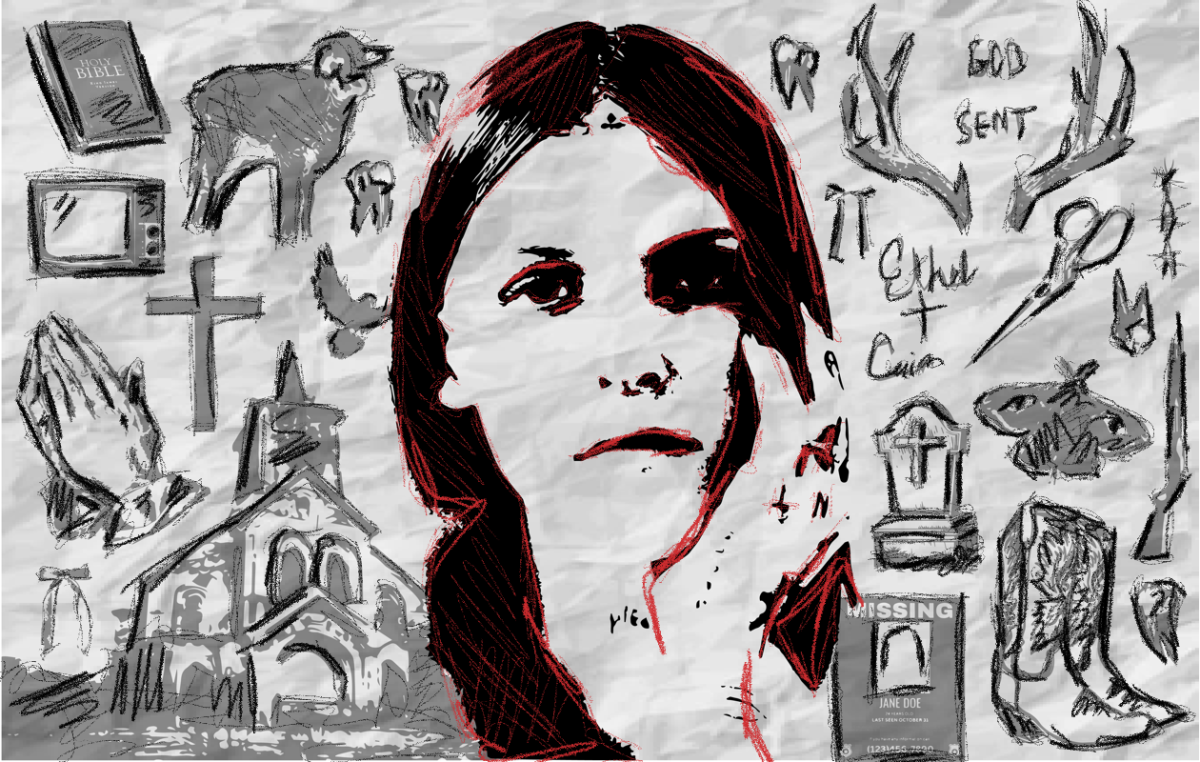After a couple months in quarantine, I was running out of shows that sparked my interest. While aimlessly scrolling through Hulu’s catalog, I landed on “RuPaul’s Drag Race” and decided to give it a try. I was quickly swept up into a colorful world of wigs, makeup, heels and remarkable creativity that I was unfamiliar with, yet completely enraptured by.
Merriam-Webster defines drag as “entertainment in which performers dressed as members of the opposite sex caricature gender stereotypes through the use of often outrageous costumes and exaggerated mannerisms.” The art of drag has significantly changed throughout history, and it has its roots in Ancient Greek theatre.
In Ancient Greece, women were considered inferior to men and unfit to be actors, so female characters were played by men. This practice continued into Shakespearean theatre and Japanese Kabuki, a form of drama with song and dance. The term “drag” comes from the late 1800s when male performers wore heavy skirts that dragged across the stage while portraying exaggerated female roles.
In an interview with TIME, Joe E. Jefferys, a drag historian who teaches theatre studies at New York University’s Tisch School of the Arts Drama Department, notes that drag and homosexuality were not linked until the 1930s. Sexology, the study of human sexuality and sexual practices, created categories that tried to place people in boxes. Drag is an important aspect of LGBTQ+ culture, but one does not have to have a specific identity in order to partake in drag.
Drag balls became popular within the LGBTQ+ community in the 1920s, and they were a safe space for Black queer people to express themselves since bars were segregated. Drag queens would perform at gay bars that began to pop up around the 50s despite possibilities of being arrested. In the 80s, ballroom culture reignited with categories such as “executive realness” as seen in the 1990 documentary “Paris is Burning” or the 2018 television show “Pose.”
Drag is still incorporated into modern theatre, but it has also branched out into its own artform. RuPaul, arguably one of the most famous drag queens, created “RuPaul’s Drag Race,” a competition show that celebrates different styles of drag and highlights LGBTQ+ culture.
“RuPaul’s Drag Race” has thrusted drag further into pop culture with 12 seasons, five seasons of “RuPaul’s Drag Race All Stars” and extensions into the U.K., Canada, Thailand and now Holland. With more representation, society has become increasingly accepting of drag and the LGBTQ+ community, yet homophobia is still a significant issue throughout the world.
Despite drag culture originally being a place for those who felt ostracized by society, there has recently been controversy over who can do drag. In an interview with The Guardian, RuPaul commented that he would “probably not” accept a transgender woman into the competition after her transition. “RuPaul’s Drag Race” has already had transgender women compete, including Peppermint [season nine] and Gia Gunn [season six, All Stars season four].
RuPaul told The Guardian, “Probably not. You can identify as a woman and say you’re transitioning, but it changes once you start changing your body. It takes on a different thing. It changes the whole concept of what we’re doing. We’ve had some girls who’ve had some injections in the face and maybe a little bit in the butt here and there, but they haven’t transitioned.”
These transgender exclusionary comments sparked backlash and RuPaul apologized, yet it ignited the question: “who can do drag?” Drag is an artform for anyone to explore and although drag queens have traditionally been men who dress up and perform in feminine attire, there are no concrete rules.
Jeffreys supports this notion and told TIME, “And so yes, anybody can do drag, because drag to me is the theatrical form. You put it on, you take it off — which is different from how you present yourself in every day life.”
As a creative form of expression, drag has influenced fashion and inspired fashion designers. Drag outfits are often camp, which means they are over-the-top, ironic and theatrical. The 2019 Met Gala’s theme was camp and celebrities wore outfits similar to those featured on “RuPaul’s Drag Race.”
Marc Jacobs says he’s watched every episode and drag queens have even become models for fashion companies. Drag performers are trendsetters. They push boundaries and constantly surprise audiences.
Drag, especially the slang, has also influenced pop culture. Think of words and phrases such as sis, tea, throwing shade, werk, beating your face and extravaganza. Although “RuPaul’s Drag Race” has popularized these terms, they originally came from the ballroom scene, particularly from Black queer people.
While drag and LGBTQ+ performers had to hide in the shadows for many years, the existence of shows like “RuPaul’s Drag Race” has helped showcase the creativity and talent of those who stray from society’s expectations. Drag bends stereotypes and welcomes gender nonconformity and anyone regardless of their identity.
Everyone can do drag, no matter your gender or sexuality. As RuPaul says, “We’re all born naked and the rest is drag.”
Support Student Media
Hi, I’m Maria McGinnis, a senior journalism student from Stow, Ohio. I’m also the editor in chief of A Magazine. My staff and I are committed to bringing you the most important and entertaining news from the realms of fashion, beauty, and culture. We are full-time students and hard-working journalists. While we get support from the student media fee and earned revenue such as advertising, both of those continue to decline. Your generous gift of any amount will help enhance our student experience as we grow into working professionals. Please go here to donate to A Magazine.

